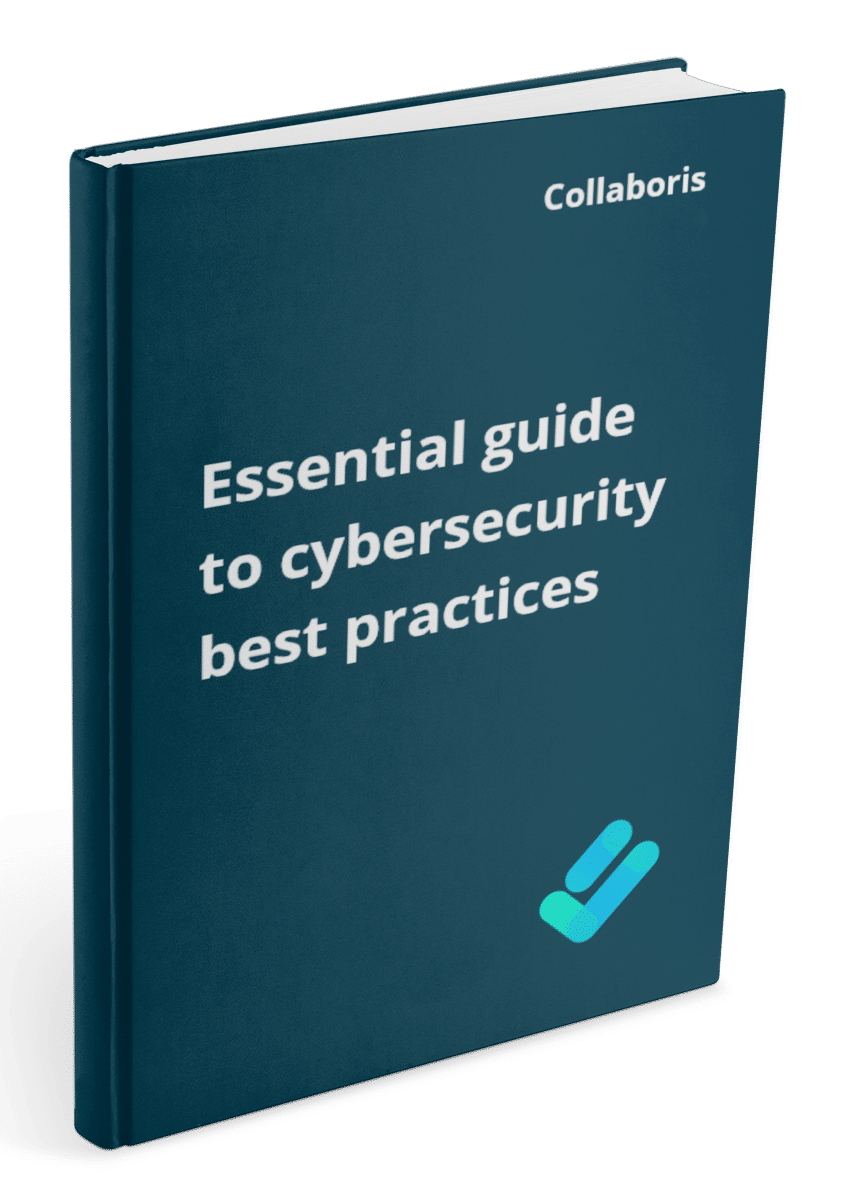Best Practices for Policy Change Management in SharePoint Managing policy documents efficiently is crucial ...
Cybersecurity best practices : Social engineering

Social engineering is the use of psychological manipulation to trick people into divulging sensitive information. In this post, we will discuss common social engineering tactics and how to recognize and avoid them. We will also cover the importance of verifying requests for sensitive information and how to do so securely.
Common social engineering tactics
Social engineering is a malicious tactic employed by cybercriminals to manipulate individuals into revealing confidential information or performing actions that may jeopardize their security. Cybercriminals use various social engineering tactics such as phishing emails, pretexting, baiting, and quid pro quo to achieve their objectives.
Phishing emails are fraudulent messages that appear to be from trustworthy sources like banks or government agencies, with the intention of deceiving users into clicking on links or downloading attachments that contain malware.
Pretexting involves creating a false scenario to obtain access to sensitive information, while baiting involves leaving an enticing item, like a USB drive, in a public place, hoping someone will pick it up and plug it into their computer.
Quid pro quo involves offering something valuable in exchange for sensitive information, such as promising a gift card in return for login credentials.
It is crucial to be aware of these social engineering tactics and always verify the authenticity of requests for information before sharing any sensitive data. Cybercriminals can be very convincing, so it's essential to scrutinize every request for personal information, especially if it comes from an unknown source. Always double-check the sender's email address, hover over links to see where they lead, and avoid downloading attachments from unknown sources. By being vigilant and cautious, you can protect yourself from falling victim to social engineering attacks.
How to recognize and avoid social engineering tactics
To avoid falling victim to social engineering, it is important to be aware of common tactics such as phishing emails, pretexting, and baiting. Always verify the identity of the person or organization requesting information. Also, never share personal information unless you are certain it is necessary and legitimate. Additionally, be cautious when clicking on links or downloading attachments from unknown sources. Keep your software and security systems up to date to prevent vulnerabilities that can be exploited by social engineers. By staying vigilant and informed, you can protect yourself and your sensitive information from social engineering attacks.

Get your free cybersecurity best practices guide
This eBook contains all 10 posts in our cybersecurity series in one handy downloadable guide so you can read it at your leisure.
The importance of verifying requests for sensitive information
It is crucial to verify requests for sensitive information in order to protect oneself and the organization from potential harm. Hackers and scammers often use social engineering tactics to trick individuals into divulging confidential information, such as passwords or financial data. Verifying the legitimacy of a request can help prevent these types of attacks and ensure that sensitive information remains secure. This can be done by double-checking the identity of the requester, confirming the purpose of the request, and using secure communication channels to transmit any sensitive information. By taking these precautions, individuals and organizations can safeguard themselves against potential security breaches and maintain the confidentiality of their sensitive data.
How to securely respond to sensitive information requests
When responding to requests for sensitive information, it is important to prioritize security.
1) Start by verifying the identity of the requester and ensuring that they have a legitimate need for the information.
2) Use secure communication channels such as encrypted email or password-protected files to transmit the information. Additionally, limit the amount of information shared to only what is necessary and avoid including any unnecessary personal details.
3) Finally, be sure to properly dispose of any physical copies of the information once the request has been fulfilled.
By following these steps, you can help ensure that sensitive information remains protected.
Other posts in this series:
You may also like:
April 8, 2024
February 12, 2024
The Importance of Employee Knowledge Management In today's fast-paced business environment, knowledge is a ...
January 30, 2024
Leveraging AI for Policy Writing SuccessIn the realm of policy writing, data and documentation ...
January 16, 2024
10 Essential Tips for Effective Policy Management: A Comprehensive Guide In today's fast-paced business ...
December 12, 2023
The urgency of establishing an AI usage policy In the ever-evolving landscape of business ...
November 15, 2023
Maximizing internal communicationsIn the modern business landscape, effective internal communication is the cornerstone of ...
